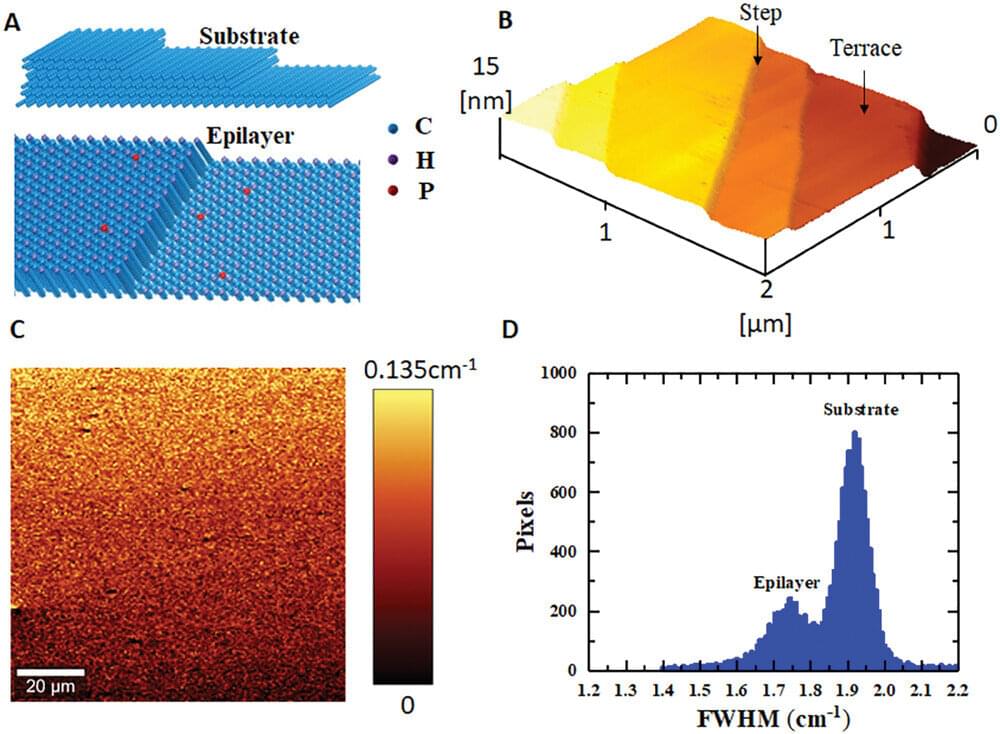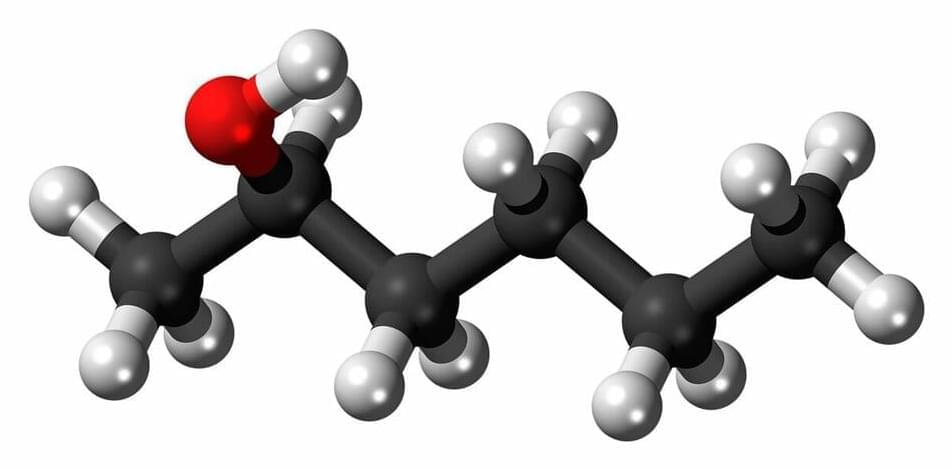Mar 31, 2024
Quantum Gravity Breaks Causality — And You Can Compute With It
Posted by Dan Breeden in categories: computing, open access, quantum physics
Check out my course about quantum mechanics on Brilliant! First 30 days are free and 20% off the annual premium subscription when you use our link ➜ https://brilliant.org/sabine.
If you flip a light switch, the light will turn on. A cause and its effect. Simple enough… until quantum gravity come into play. Once you add quantum gravity, lights can turn on and make switches flip. And some physicists think that this could help build better computers. Why does quantum physics make causality so strange? And how can we use quantum gravity to build faster computers? Let’s have a look.
Continue reading “Quantum Gravity Breaks Causality — And You Can Compute With It” »

















